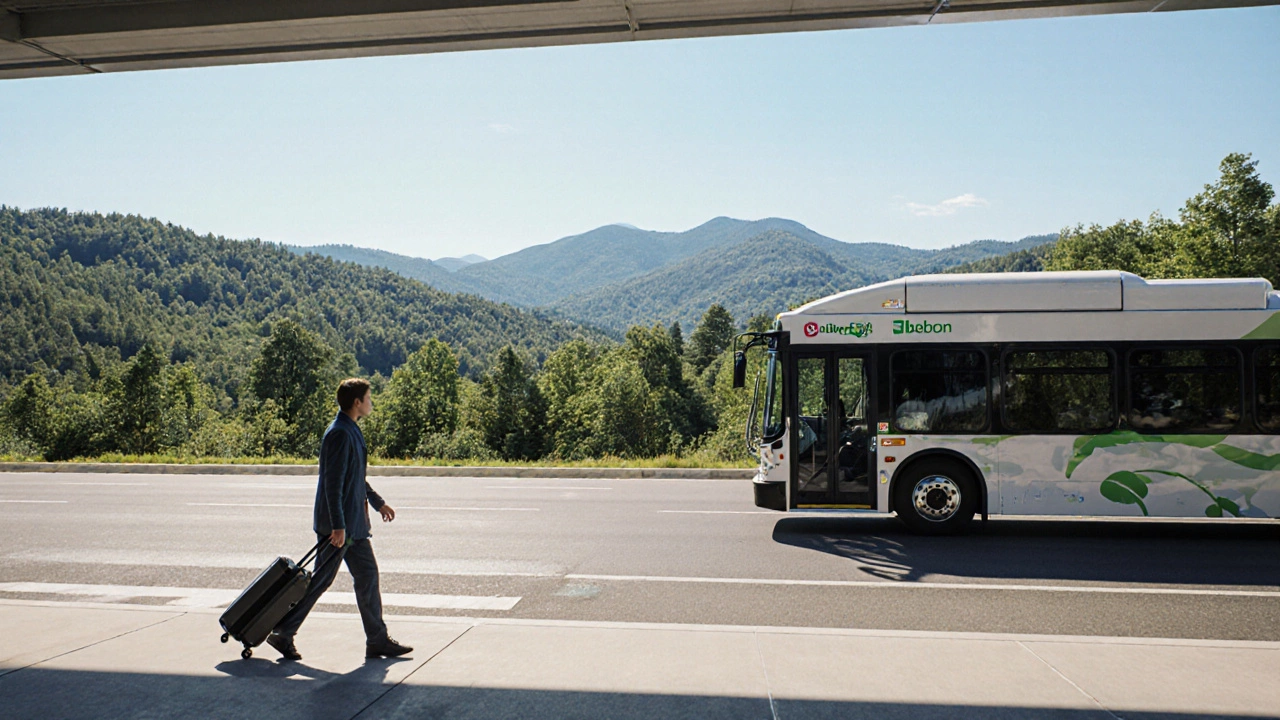Renewable Energy US: Powering a Greener Future
When talking about renewable energy US, the mix of solar, wind, hydro and emerging clean technologies that generate electricity across the United States, it's easy to forget how this shift touches everyday life. Also known as clean energy, it fuels everything from large‑scale farms to tiny off‑grid cabins. Below we’ll unpack how solar power, photovoltaic panels that turn sunlight into electricity and wind energy, turbines that capture airflow to produce power fit into the broader sustainability puzzle.
One key connection is that renewable energy US enables sustainable building, construction practices that lower carbon footprints through efficient design and renewable power sources. A home built with passive solar orientation, insulated walls, and cheap renewable energy panels can slash heating bills while delivering comfort. This idea shows up in guides on cheap eco‑friendly houses, where designers recommend pairing low‑cost solar kits with high‑performance windows. The same logic applies to tiny houses that rely on off‑grid solar arrays and compact wind turbines to stay independent from the grid.
How Renewable Power Influences Travel and Cottage Stays
Even the hospitality side of things feels the ripple. Glamping sites and boutique cottages are adding solar roofs and small wind turbines to offer guests a greener stay without sacrificing comfort. When a glamping cottage advertises eco‑friendly amenities, it's often tapping into the same renewable tech that powers a homeowner’s solar setup. This crossover explains why articles about glamping, tiny homes, and cheap renewable energy all belong under the renewable energy US umbrella.
Another semantic link: renewable energy US drives policy and market trends that affect the cost of green building materials. For example, when wind farms expand in the Midwest, the regional electricity price drops, making it cheaper to run solar‑powered water heaters in a cottage renovation. This cause‑and‑effect relationship mirrors the “downsides of green buildings” discussion, where higher upfront costs can be offset by lower utility bills thanks to abundant clean power.
Understanding these relationships helps you see why a collection of topics—from step‑by‑step eco‑friendly house guides to tiny‑house efficiency numbers—shares a common thread. Each piece illustrates a facet of how renewable energy powers smarter, more affordable living spaces across the United States.
Below you’ll find a curated set of articles that break down solar kits, wind‑turbine sizing, cheap renewable options for cottages, and real‑world data on how tiny houses cut energy use. Dive in to discover practical tips, cost breakdowns, and the latest trends shaping the renewable energy landscape in America.
Which US State Is the Greenest? A Data‑Driven Ranking for 2025
Explore the 2025 ranking of the greenest US state, see why Vermont leads, and get practical tips for eco‑friendly travel.
- Oct, 9 2025
- 0 Comments
